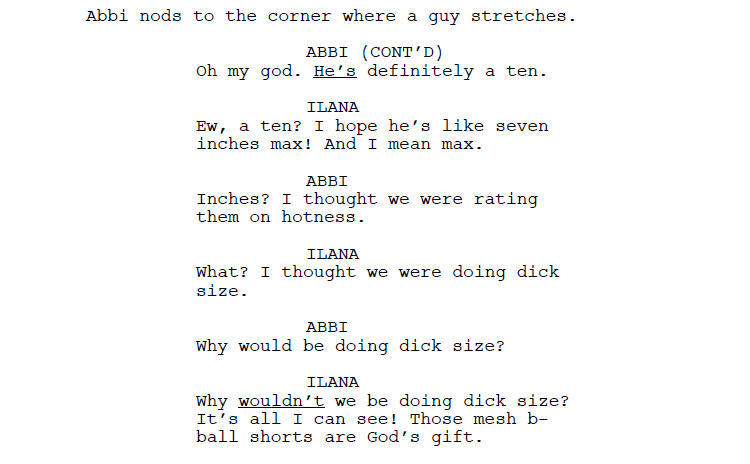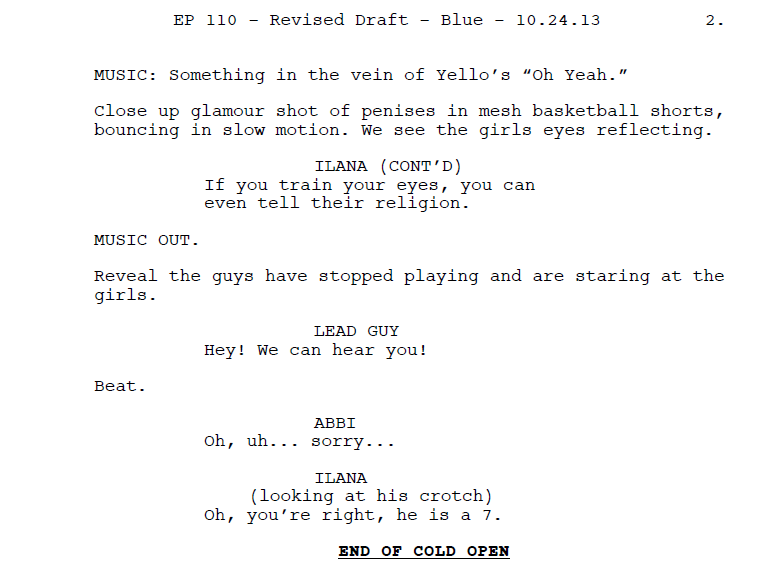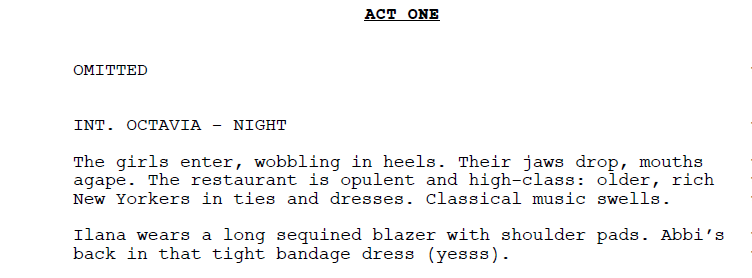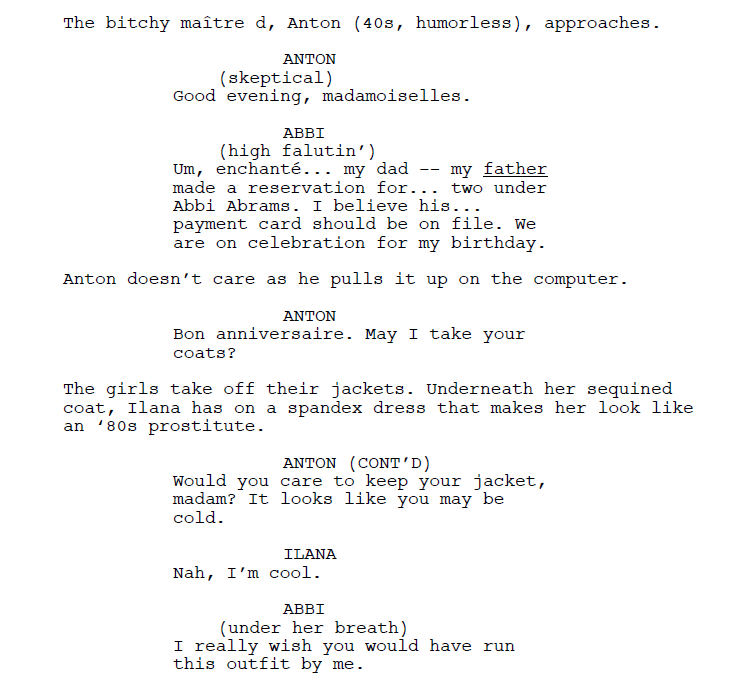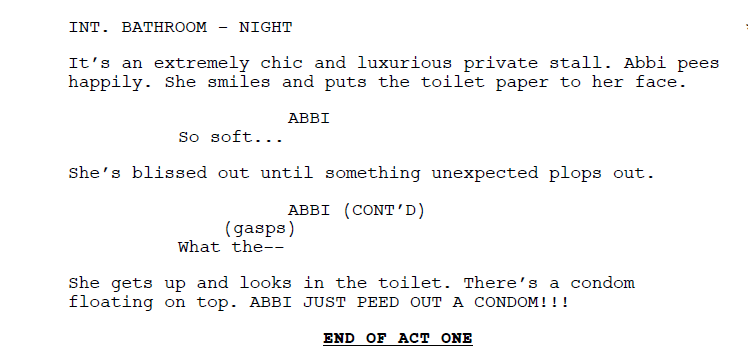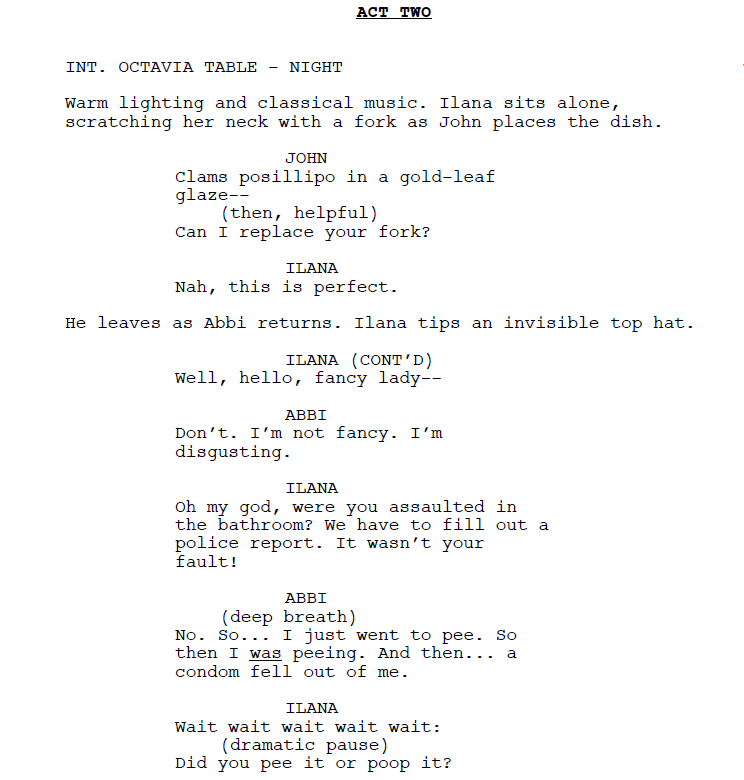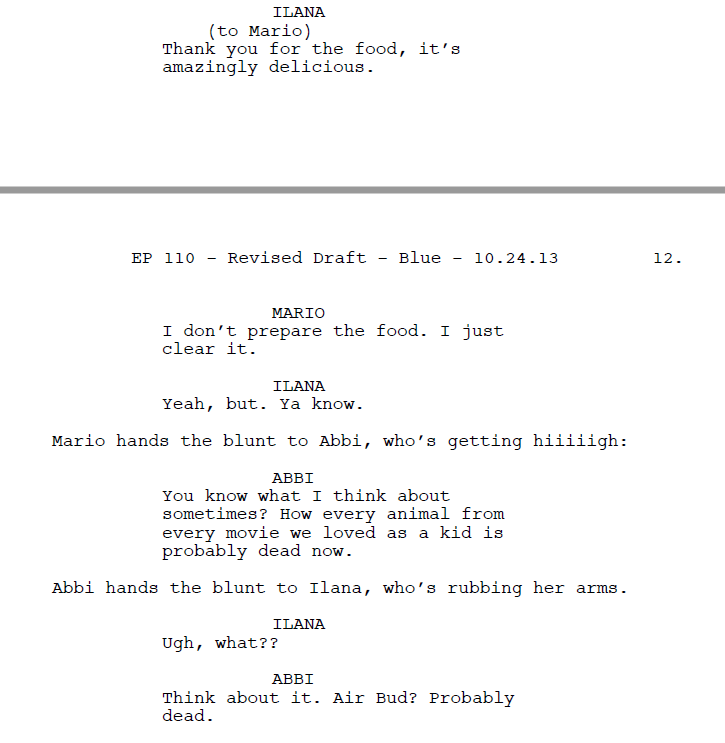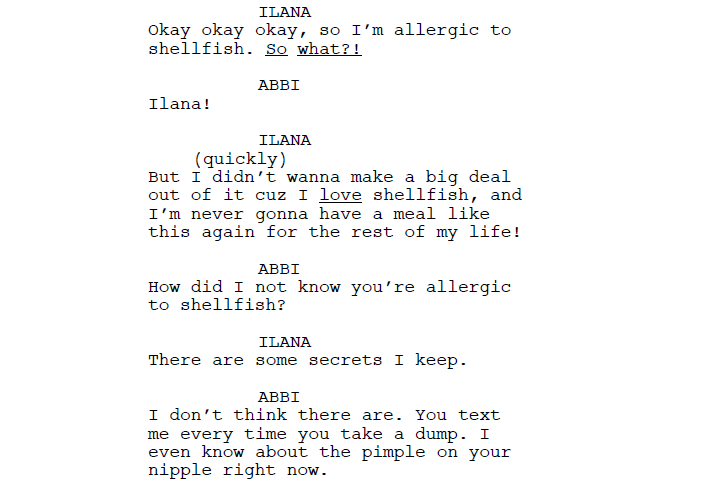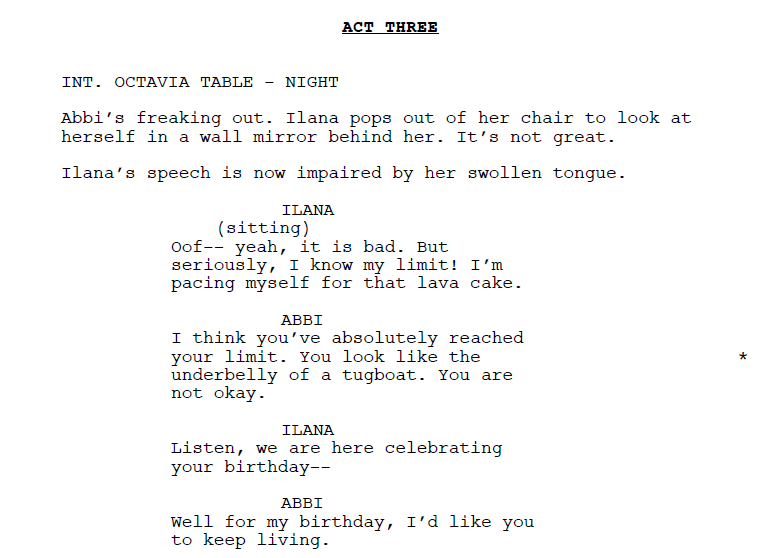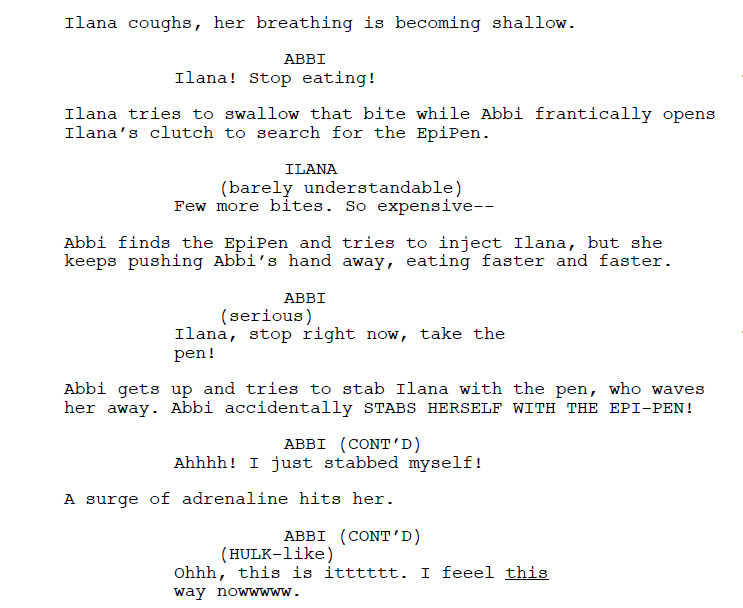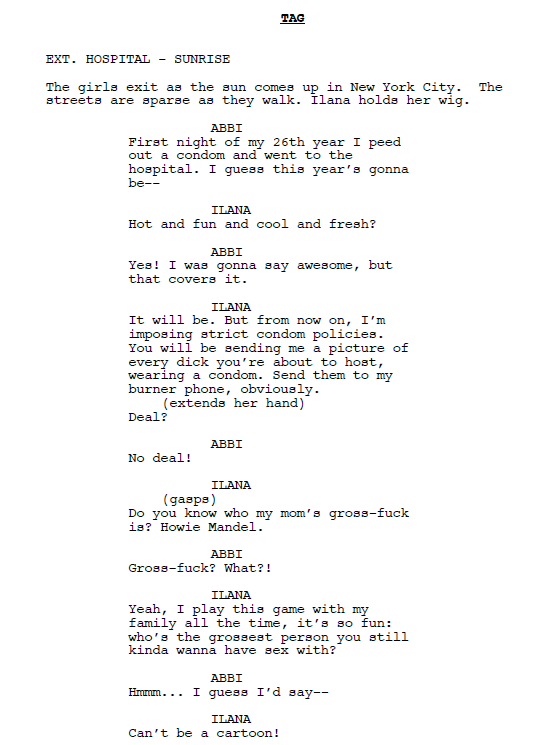TV FORMAT FUNDAMENTALS: SINGLE-CAM SITCOMS
TV Format Fundamentals is a new blog series that explores the background, elements and style of a handful of scripted TV formats. This week we look at single-cam sitcoms.
Inheriting much of their structure from radio comedies, television sitcoms began in earnest in the late 1940s and early 1950s. As we covered in our first post in this series, I Love Lucy premiered in 1951. Filmed in front of a live studio audience using multiple cameras, it became the first “multi-cam” sitcom. With I Love Lucy’s success (and with the many shows that followed in its wake), there became two types of television sitcom: multi-cam and single-cam.
What we now define as the “single-cam sitcom” took off with The Adventures of Ozzie and Harriet, which started as a radio program in 1944, then became a TV series in 1952, premiering one year after I Love Lucy.
Ozzie and Harriet (as well as a few shows the preceded it) was shot with a single camera, utilizing real-world locations as well as sound stages. This remains a stylistic hallmark of single-cam comedies to this day. Because they’re able to get out into the streets, the comedy and the stories often possess an element of grit and realism. Over the years, the unrestricted camera has given way to more unrestricted performers. The single-cam format is natural territory for improvisation. As we’ve noticed in the library, the scripts for most single-cam sitcoms are chock full of situations which invite improv.
Just like their multi-cam counterpart, in the early days, single-cam sitcoms tended to favor a two-act structure vis-à-vis I Love Lucy where the characters get into trouble in the first act and struggle to get out of it in the second.
Before there was formal act structure, there was Leave It to Beaver, whose scripts simply specified an opening commercial, a middle commercial and a closing commercial.
A few years later, The Andy Griffith Show codified these commercial breaks into “act breaks” and included a brief tag. In the 1970s and 80s, M*A*S*H used this exact same structure.
Throughout the 1960s, 70s and 80s, the most prevalent structure featured two acts plus a teaser and a tag. In the library, we’ve noted this structure in The Brady Bunch, Gilligan’s Island, Bewitched, Get Smart and even in contemporary sitcoms like It’s Always Sunny in Philadelphia.
In the early 2000s, the single-cam formatting evolved a bit. During its run, Malcolm in the Middle oscillated between two and three acts. Shows like Arrested Development and The Bernie Mac Show used three acts:
The Office used a cold open, three acts and a tag.
New Girl and Superstore use four acts often without specifying a cold open or a tag.
What we see most commonly today is four acts and a cold open. This is the act-structure of Brooklyn Nine-Nine.
As we move into our case study this week, we find ourselves wanting to delve more deeply into three and four-act sitcom structure. When we previous looked at Living Single, the structure was very cut and dry. The heroines get into trouble in act one and struggle to get out of it in act two. How does it work when you have to include an extra commercial break or two?
Let’s take a look at the wonderful season 1 finale of Broad City.
CASE STUDY:
BROAD CITY “THE LAST SUPPER”
Written by Abbi Jacobson & Ilana Glazer
Broad City is a quintessential example of contemporary single-cam comedy. The show does not confine itself to a soundstage, but rather exists brashly out in the street. The two broads – Abbi Abrams and Ilana Wexler – often help each other through hilarious crises or find themselves at odds with fellow weirdos or with sophisticated society. There’s always some new scenario where they’re out of place or have no self-awareness.
This episode finds the gals visiting a fancy restaurant for Abbi’s birthday. Remember that a characteristic of single-cam sitcoms is practical locations and realism, which can often leave the door open for improvisation.
In this episode, there’s one umbrella situation: Abbi’s birthday dinner. Each act in this episode’s three-act structure is a complication to Abbi having a nice birthday. Each act feels like a new twist added to an improvised scenario.
In terms of formatting, single-cam sitcoms are single spaced. Much like multi-cam sitcoms, any description is minimal and unrestrictive to the performers.
COLD OPEN
Sometimes the cold open of a sitcom is self-contained and has absolutely nothing to do with the primary story of the episode. This is the case here as Abbi and Ilana debate the attractiveness of men playing basketball…. Or maybe they’re talking about something else….
ACT ONE
Right at the top of act one, we’re presented with the main situation of the comedy. The girls are at Octavia – a very upscale restaurant – for Abbi’s birthday. Later on down the page, Abbi explains that she learned from Oprah: “… your birthday dictates the kind of year you’re gonna have.”
This sets the stakes. This birthday dinner had better be amazing, then!
Already the girls are out of place and at odds with the maître d. Also, what makes the exchange below hilarious (and makes Ilana endearing) is her utter lack of self-awareness.
Later once the girls are seated (at a table where Jay-Z and Beyoncé recently sat, no less), we’re introduced to the concept of food allergies. Ilana blatantly dodges the waiter’s question about them.
Amidst the birthday elegance, Abbi visits the bathroom and pees out a condom…… which is a gross and unsettling thing to happen on a regular day, but it’s ESPECIALLY gross and disruptive when it happens during your birthday dinner – the singular event that will determine the outcome of your entire year.
Note: The end of act one – or the discovery of the condom – is the setup for act two. The writers give this new situation to us, so that we’ll come back after the commercial break.
ACT TWO
So, Abbi tries to reassure herself after peeing out a condom, which, as mentioned, is the major act two complication.
The broads then decide to go smoke weed before dinner. They meet Mario, a busboy, and talk about how animals from movies they loved as kids are definitely dead now. This is a subtle and poignant way to raise the stakes in the episode, too. Who wants to think about death and the passage of time on the day that will determine the outcome of one’s entire year?
When they get back to the table, Ilana’s face is red and puffy – and she admits that she’s allergic to shellfish. Despite her concern, Abbi tries to ignore and push through her friend’s obvious suffering.
Abbi goes to talk to Doug – the alleged leaver of the condom. When she returns to the table, she’s met with the complication that will kick off act three. Ilana’s shellfish allergy has caused her face and tongue to swell up gruesomely.
ACT THREE
We learn Ilana pushed through her allergy because she didn’t want to ruin Abbi’s birthday. (Aww.)
Her plan is to keep eating, then have Abbi stab her with an EpiPen, of course.
Abbi ultimately…. Stabs herself with the pen.
If you’re ever wondering how to describe physical comedy on the page, this is a solid example:
Abbi – using her new superhuman strength – brings Ilana to the hospital, where they decide to revisit their bucket lists. The notion of the brevity of life comes back around, especially when the patient in the bed next to Ilana dies. It’s horrifying, caustic and real, but also funny.
Abbi ultimately spends her birthday eating molten lava cake in a hospital room with Ilana.
TAG
Sometimes Broad City includes a short fourth act. Sometimes they go with a tag. This particular episode uses a tag. The gals walk down the street and ponder what the year will bring.
It’s a phenomenal season finale for an episodic show because it doesn’t provide much in the way of resolution. We’re simply left with two friends and more adventures to come. That’s how Abbi’s year will turn out.
It’s nice note to end on. Until our next TV formatting adventure, happy writing!








